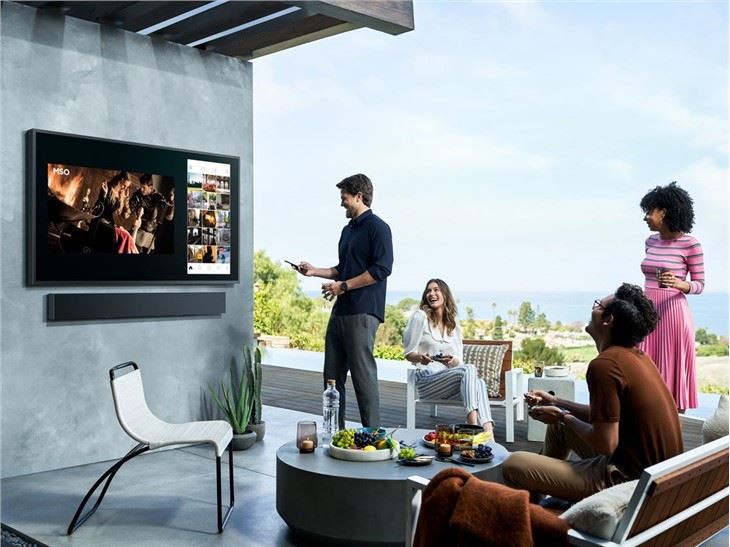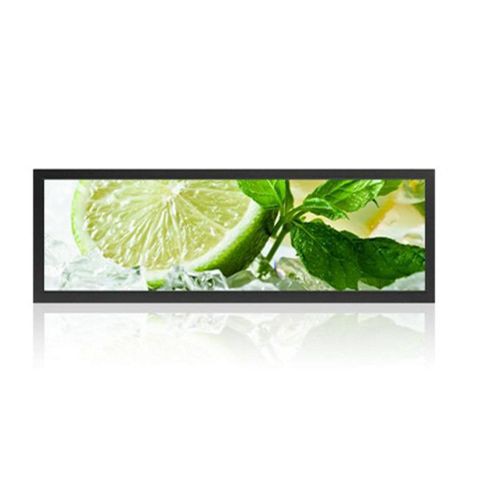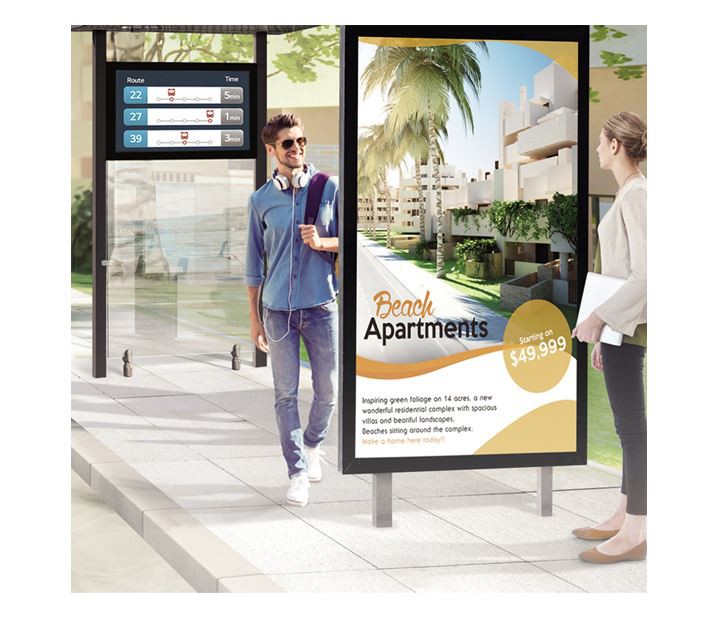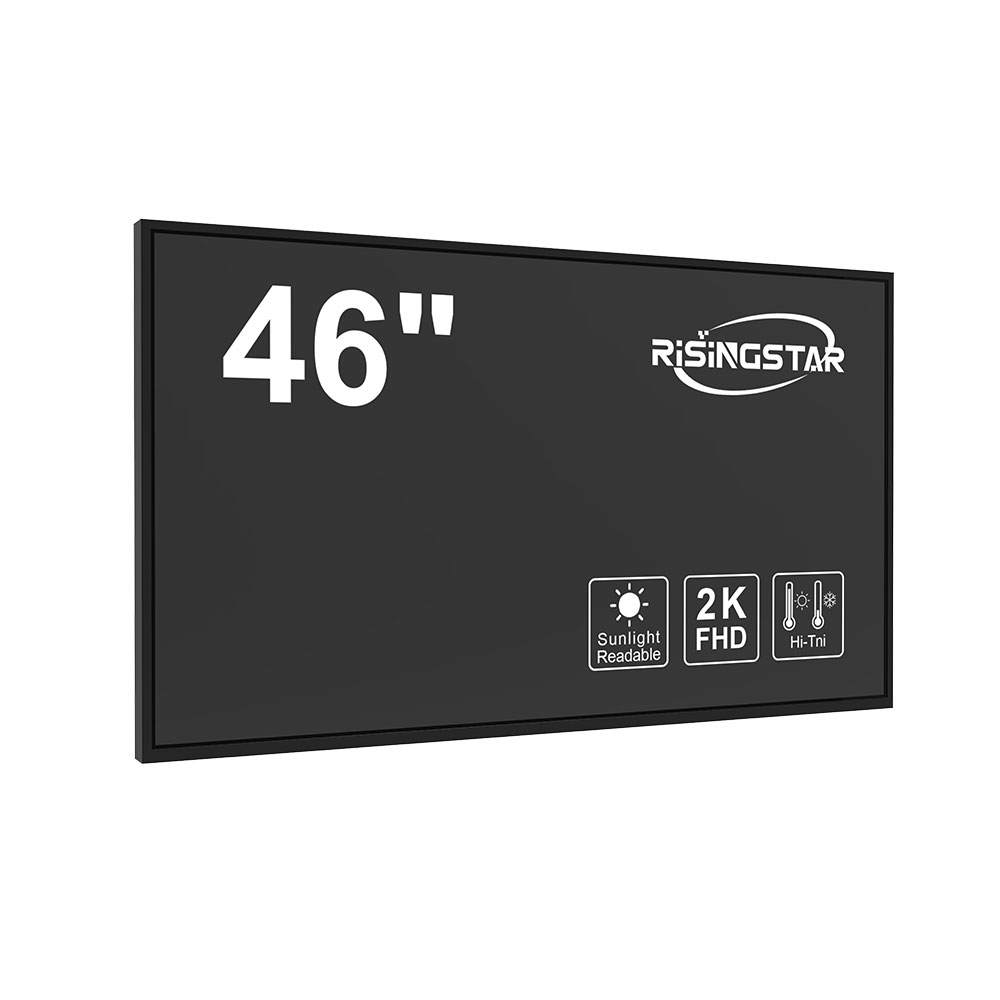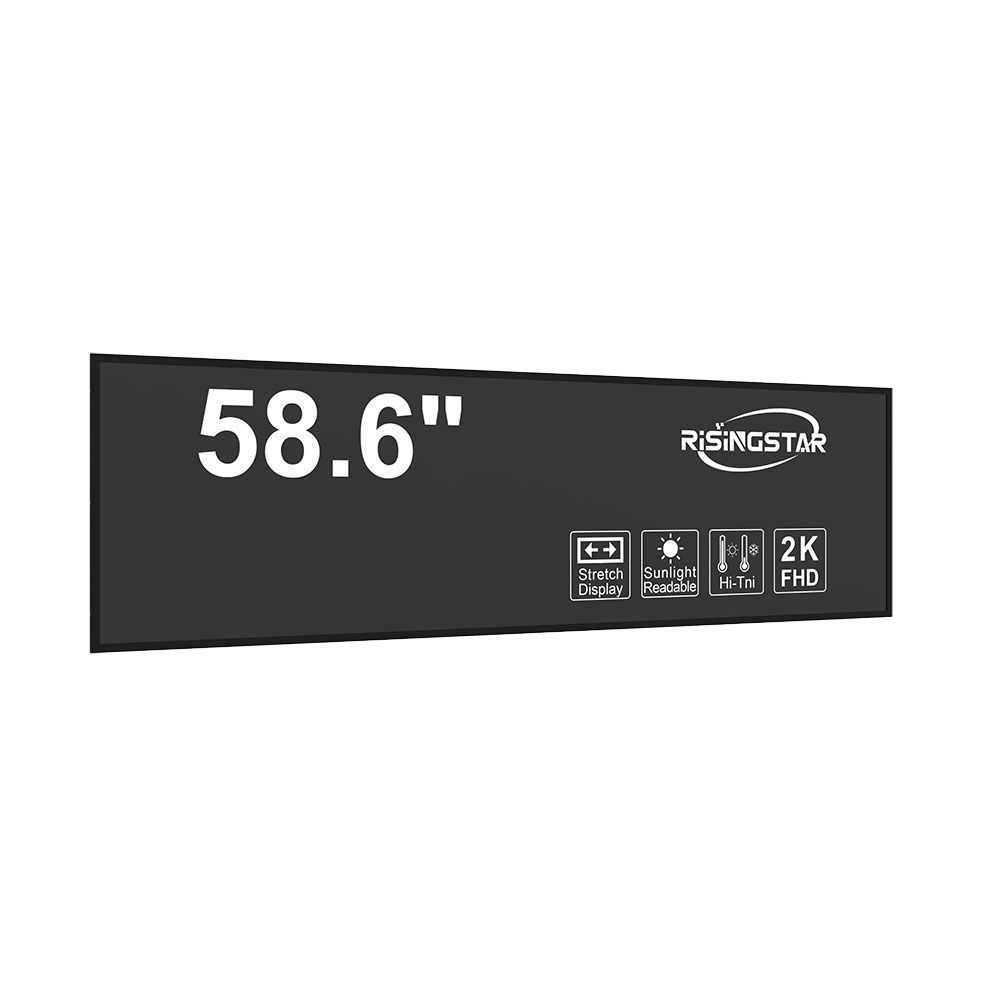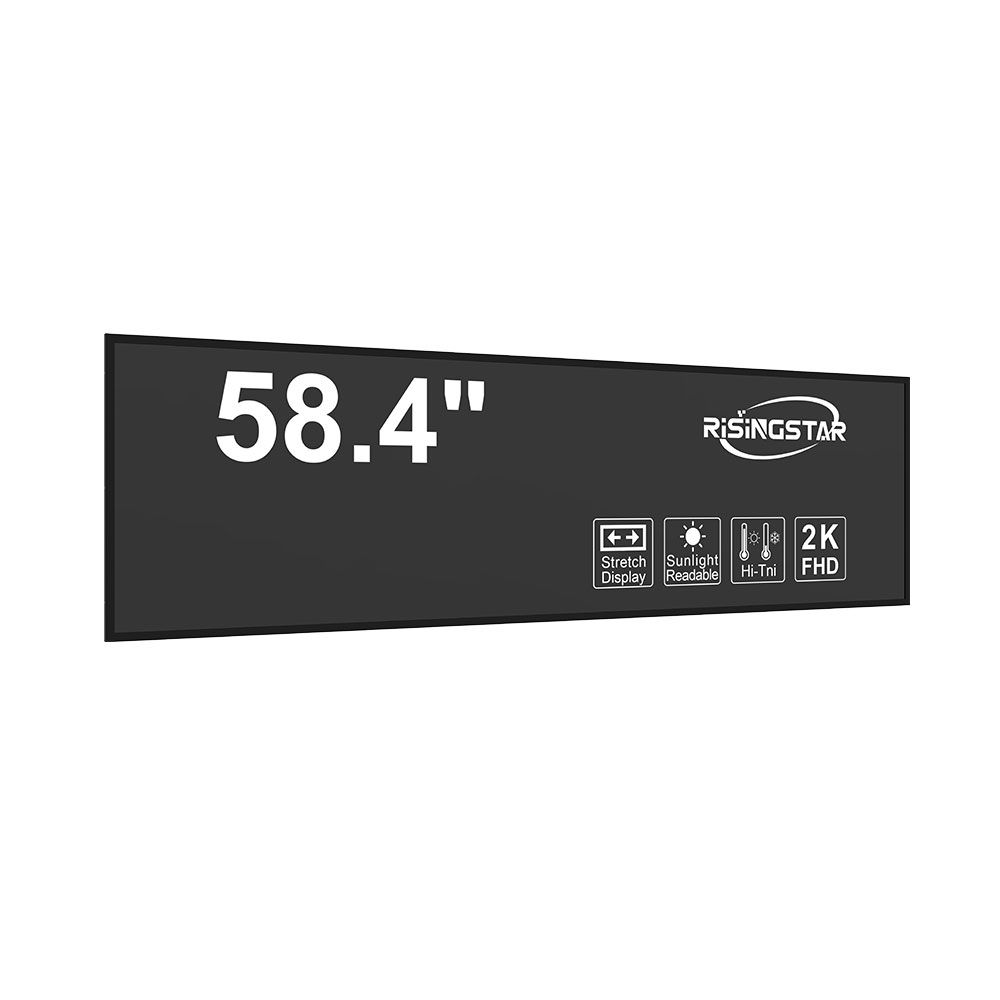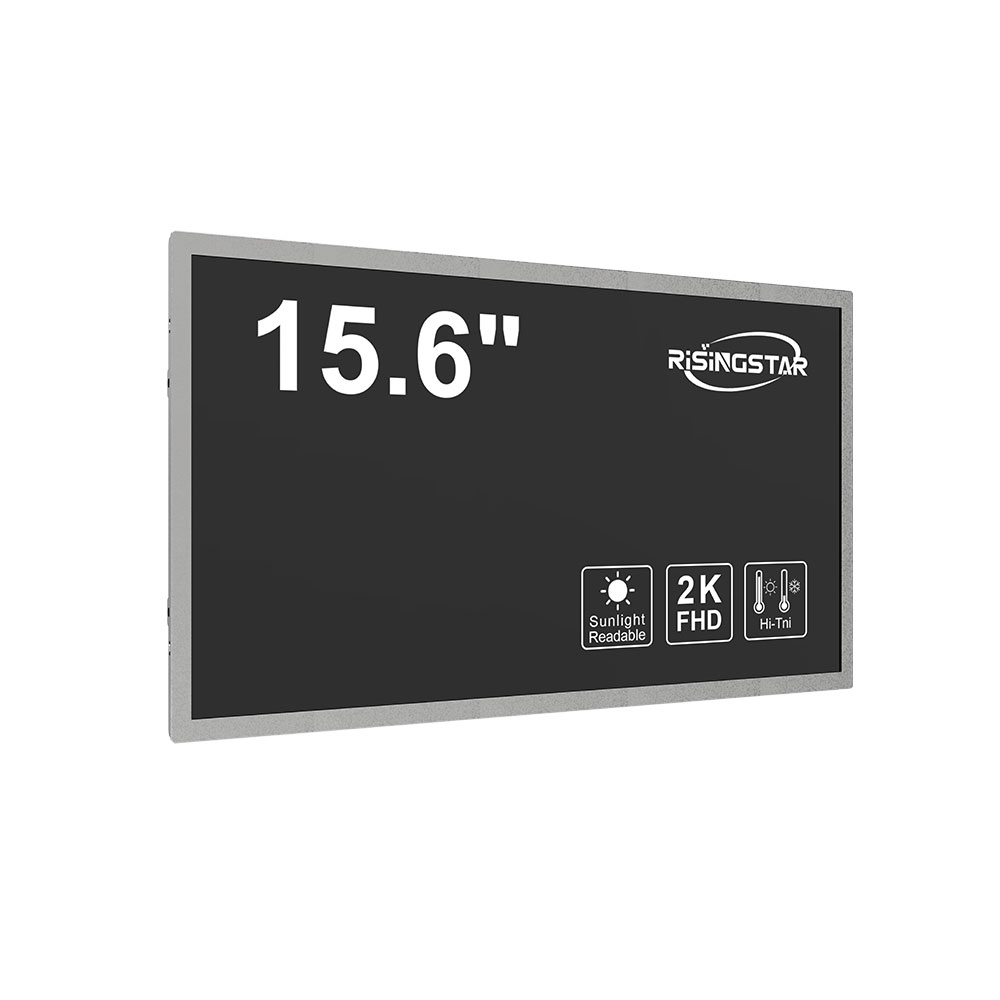High-brightness sunlight-readable LCD displays are critical components in modern industrial, military, and outdoor applications where visibility under direct sunlight is essential. These displays must maintain clarity, contrast, and responsiveness even in extreme lighting conditions—ranging from bright desert sun to overcast environments. According to the International Electrotechnical Commission (IEC) standard IEC 60068-2-1, environmental testing for electronic devices includes exposure to intense solar radiation, emphasizing the need for robust display solutions.
The core technology behind these displays lies in achieving brightness levels typically above 5,000 nits, far exceeding the standard 300–500 nits of consumer-grade LCDs. To accomplish this, manufacturers often integrate advanced backlighting systems such as LED arrays with optimized optical films, diffusers, and polarizers. For instance, companies like Eizo and LG Display have developed high-brightness panels using full-array local dimming (FALD) and anti-reflective coatings that reduce glare while enhancing contrast ratios up to 10,000:1. This ensures readability even at noon under direct sunlight, a key requirement for automotive dashboards, field service equipment, and military command systems.
Case studies validate their effectiveness: In a 2022 deployment by the U.S. Department of Defense, ruggedized tablets equipped with 7,000-nit sunlight-readable LCDs improved situational awareness in forward operating bases in Afghanistan, where traditional screens became unusable during midday operations. Similarly, in the transportation sector, Siemens' rail control systems now rely on 6,000-nit displays in train cabins to ensure operators can read critical data during daylight hours—a necessity after several incidents of miscommunication due to poor visibility.
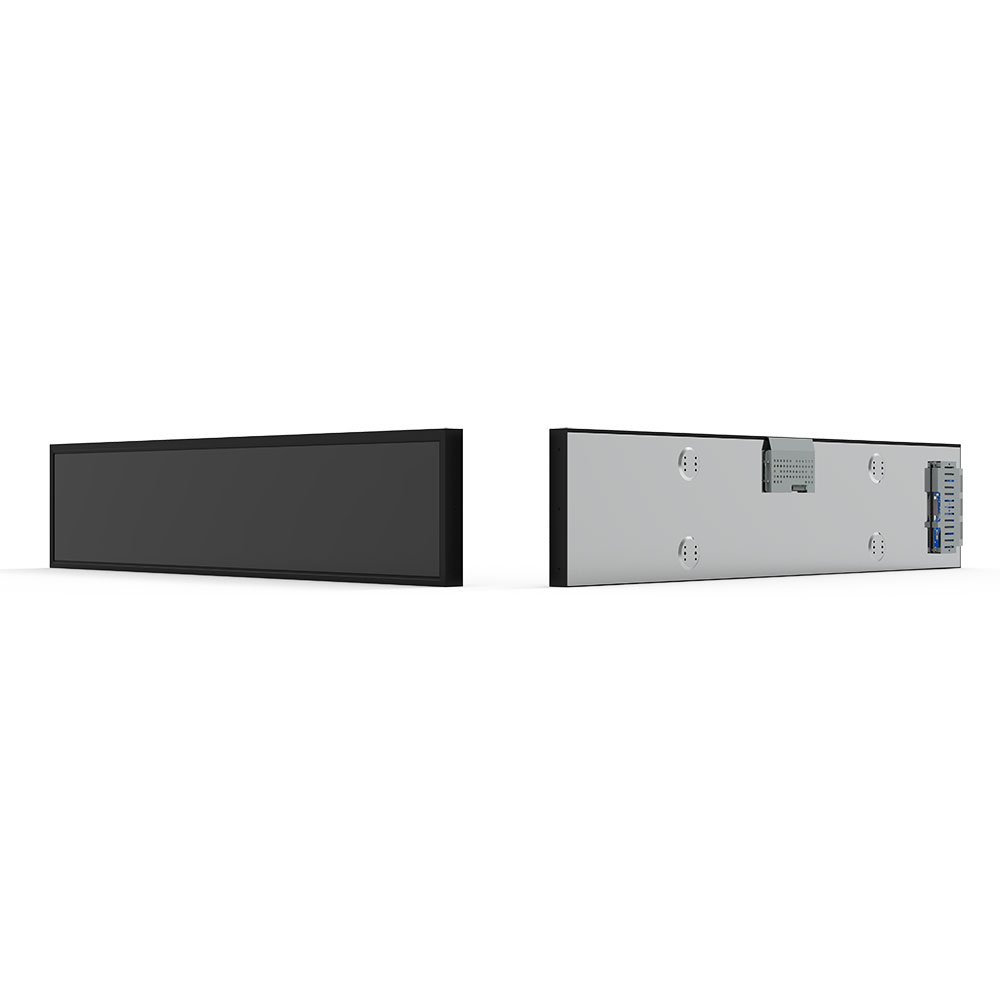
Design considerations go beyond raw brightness. Factors such as temperature tolerance (typically -30°C to +70°C), ingress protection (IP65 or higher), and shock resistance (MIL-STD-810G certified) are crucial. Power efficiency also matters—high-brightness LEDs consume more energy, so intelligent power management circuits, including dynamic brightness adjustment based on ambient light sensors, are increasingly common. Some models use microLED or OLED hybrid architectures for better color accuracy and faster response times, particularly in dynamic video feeds used in surveillance or drone telemetry.
Manufacturers must comply with global standards such as EN 60950 (safety), ISO 16750 (automotive), and MIL-STD-810H (military durability). Compliance ensures reliability across diverse environments—from Arctic monitoring stations to tropical construction sites. Additionally, the integration of touchscreens with glove-compatible capacitive layers enhances usability in harsh conditions, a feature now expected in modern industrial designs.
In summary, selecting a high-brightness sunlight-readable LCD involves evaluating luminance, environmental resilience, power efficiency, and compliance with industry-specific regulations. With advancements in materials science, optics, and embedded intelligence, these displays continue to evolve, making them indispensable for mission-critical applications worldwide.



